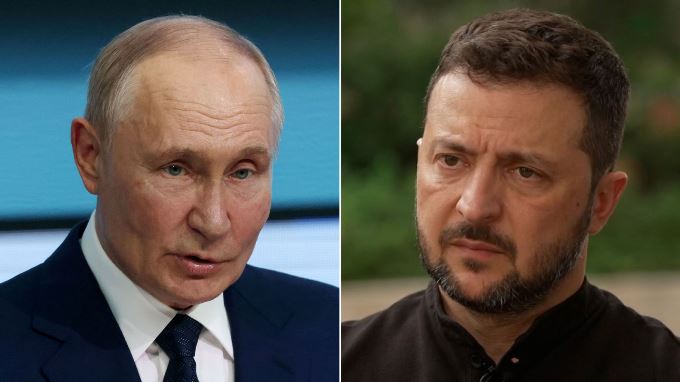South Africa ‘s recent election has brought about a significant change in the country’s political landscape, as the African National Congress (ANC), which played a pivotal role in the liberation from apartheid, has lost its 30-year majority.
While the ANC remains the largest party, the absence of a clear majority has necessitated coalition talks among the party leaders to form a new government. This uncharted territory marks a departure from the ANC’s long-standing dominance.
With four major political parties and several others securing significant shares of the vote, the process of forming a coalition is bound to be intricate. In this guide, we delve into the key figures and explore what lies ahead for South Africa.
Cyril Ramaphosa, once a protege of Nelson Mandela, now faces the challenge of navigating his party towards a coalition that he believes will be in its best interest, considering the various factions within the ANC.
The most apparent choice would be a coalition with the main opposition party, the Democratic Alliance (DA), as together they would hold enough seats in Parliament to govern.
However, the DA has been a staunch critic of the ANC’s policies for years, making their partnership a complex one, even though both parties have expressed openness to discussions.
Alternatively, the ANC could explore the possibility of joining forces with one or both of the other major opposition parties, the uMkhonto weSizwe (MK) party and the Economic Freedom Fighters (EFF).
However, such a coalition might raise concerns among foreign investors, as both MK and the EFF have advocated for the nationalization of South Africa’s vital gold and platinum mines, as well as the central bank.
Ramaphosa’s presidency hangs in the balance, as a coalition agreement must also secure his re-election for a second term. In South Africa, voters elect parties, and lawmakers subsequently choose the president.
Given that the ANC no longer commands enough lawmakers to re-elect Ramaphosa on its own, the outcome of coalition negotiations will have a direct impact on his political future.
John Steenhuisen, the leader of the centrist DA, represents the main opposition and is the only white leader among the four major parties.
He has initiated talks with various parties, except MK and the EFF, as the DA draws a line due to ideological differences.
Analysts widely regard a coalition between Steenhuisen’s DA and Ramaphosa’s ANC as the most stable option. Some experts have even suggested the inclusion of smaller parties to create a broader coalition, thereby diluting the ANC-DA alliance.
Jacob Zuma, the former leader of the ANC and president of South Africa, has emerged as a wildcard in this election.
Despite announcing his political comeback only in December, Zuma’s newly formed MK Party has made a significant impact, capturing 14% of the vote and becoming the third largest party in its maiden election.
Zuma’s party has demanded Ramaphosa’s resignation as a condition for a coalition, showcasing the personal animosity between the two leaders.
While finding common ground may seem challenging, MK now possesses a notable vote share and secured seats in Parliament, which cannot be ignored.
As South Africa enters this uncharted territory of coalition-building, the outcome of negotiations and the subsequent political dynamics will undoubtedly shape the future of the nation.
Check also;
- Dawn Of New Era: South African Voters Demand Change In Watershed Election
- Gabon Military Junta Proposes Two-Year Transition Period Prior To Elections
Please use the button below to contribute to Newslex Point, Inc. using a credit card or via PayPal.

 Newslex Point News in Uganda, Uganda news
Newslex Point News in Uganda, Uganda news












